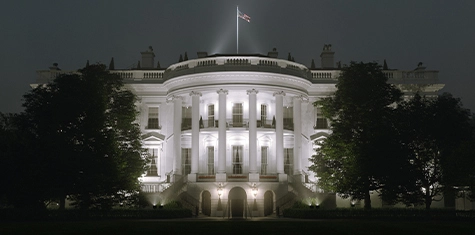After a few months of relative quiet, China/U.S. export restrictions and sanctions jumped back onto the front pages of international media.
First, on October 9, 2025, the Chinese Ministry of Commerce (MOFCOM) issued several export restrictions (MOFCOM and Customs Public Notices No.56 and No.57 of 2025 and MOFCOM Public Notice No.62 of 2025) on certain rare earths, production equipment and materials as well as relevant production technologies. The export control measures are set to come into effect on November 8 for rare earth, equipment and materials, and immediately on October 9 for the technologies. On the same day, the Chinese Ministry of Commerce also issued certain export restrictions on Lithium-ion batteries and synthetic graphite anodes (MOFCOM and Customs Public Notice No.58 of 2025) and added 14 foreign entities to China’s list of “unreliable entities,” including Dedrone by Axon and TechInsights (Unreliable Entity List Work Mechanism No.10 of 2025).
In response to the Chinese export control measures on rare earth and technologies, President Donald Trump said on Friday, October 10 that the U.S. would impose a new tariff of 100% on imports from China “over and above any Tariff that they are currently paying,” starting on November 1 and would also impose export controls on “any and all critical software.”
The move reignited fears of a full trade war, building on prior tit-for-tat hikes (e.g., U.S. tariffs reaching 145% on some Chinese goods earlier in 2025). U.S. farmers voiced frustration over retaliatory soybean tariffs, with groups like the American Soybean Association calling the developments "deeply disappointing."
At the time of this alert, we have not seen any major diplomatic breakthroughs, but analysts viewed the tariffs as negotiation leverage ahead of the November deadline. While Trump initially suggested cancellation of his planned late-October meeting with President Xi Jinping in South Korea, Treasury Secretary Scott Bessent stated negotiations with China are "back on track," emphasizing the 100% tariff "does not have to happen" and could be delayed or averted before November 1. The Trump-Xi meeting remains scheduled, with Bessent confirming "it will still be on" despite rhetoric.
Overall, the situation appears headed toward negotiation rather than all-out war, with the November 1 deadline as a key flashpoint.
How Can Companies Minimize Impacts?
Recent history has shown that government actions in the U.S./China Trade War and trade sanctions are often sudden, without advance warning; expect this to continue and be prepared by taking at least the following actions:
- Consider diverse sourcing to account for potential future actions affecting one or a group of countries.
- Develop an internal process to consider the total costs and shipping time of alternative sources, including a variable for tariffs.
- Tariff classifications can be overlapping and complex, some of which classifications are subject to zero tariffs; carefully consider which classifications apply to the products involved in your business operations.
- The specific timing and logistics process used may impact the applicability of tariffs in the process of being shipped at the time a new tariff is imposed; look carefully at any guidance documents issued by relevant authorities.
- Where questions exist concerning the potential applicability of classifications and/or timing, be aware that the U.S. Customs and Border Protection maintains a database of previous administrative interpretations and determinations; this database can provide further clarification in many respects.
We have worked closely with many of our clients on these issues. For more information, contact Robert Oberlies, Michael Meagher or Jackson Guo.






